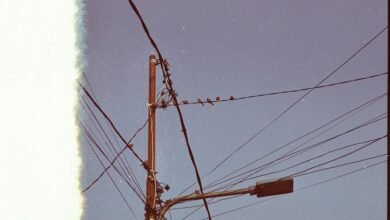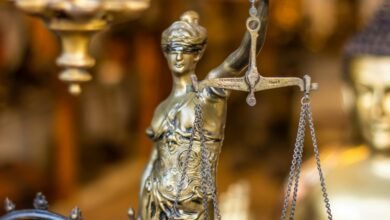Photoacpmpa: A Influência das Imagens no Direito

The integration of visual evidence in legal contexts has transformed courtroom dynamics. These images serve not only to clarify complex narratives but also influence juror perceptions and verdicts. However, the potential for image manipulation raises significant ethical concerns. The balance between effective visual communication and judicial integrity is delicate. As the legal landscape evolves, the implications of these dynamics warrant closer examination. What happens when the line between fact and representation blurs?
The Role of Visual Evidence in Courtroom Proceedings
While the traditional reliance on verbal testimony remains foundational in legal contexts, the integration of visual evidence has emerged as a pivotal element in courtroom proceedings.
Visual storytelling enhances jurors' comprehension, enabling them to grasp complex narratives swiftly.
Adhering to evidentiary standards, such evidence must be authentic and relevant, thus reinforcing its role as a powerful tool in shaping legal arguments and outcomes.
Media Representation and Public Perception
The impact of visual evidence extends beyond the courtroom, influencing media narratives and shaping public perception of legal proceedings.
Media influence plays a crucial role in forming societal attitudes toward justice, often swaying public trust in legal institutions.
Images can either reinforce or undermine confidence in the judiciary, ultimately affecting how individuals perceive the fairness and integrity of legal outcomes.
Ethical Considerations in the Use of Images in Law
Ethics play a pivotal role in the integration of images within legal contexts, necessitating a careful examination of their implications.
Image manipulation raises significant ethical implications, as it can distort truth and influence judicial outcomes.
Legal professionals must navigate these challenges, ensuring that the use of images upholds integrity and transparency, thereby preserving the foundational principles of justice and fairness within the legal system.
Conclusion
In conclusion, the role of images in the legal realm serves as a double-edged sword; while they can illuminate the path to justice, they also harbor the potential to obscure truth if misused. Just as a painter wields a brush to create a vivid landscape, legal practitioners must navigate the ethical complexities of visual evidence with precision and care. Ultimately, the integrity of the judicial process hinges on the balance between compelling imagery and unwavering authenticity.





